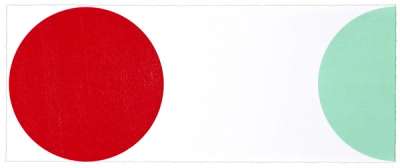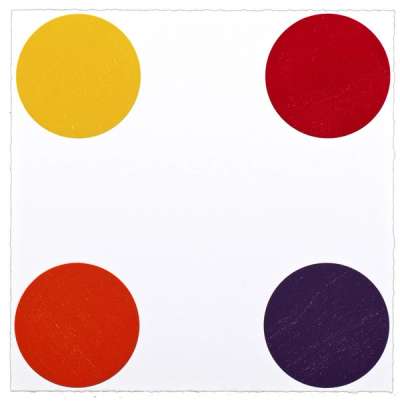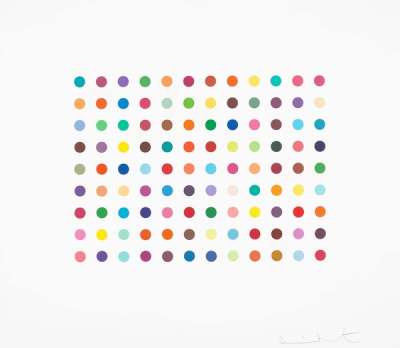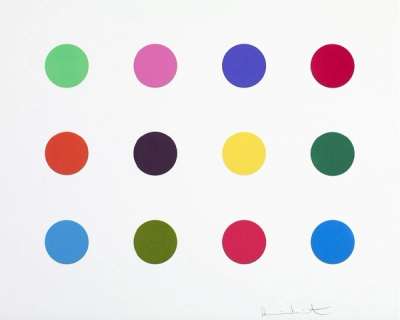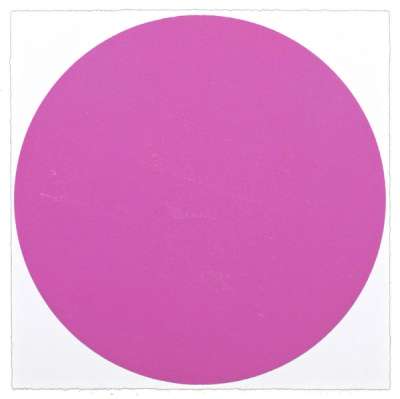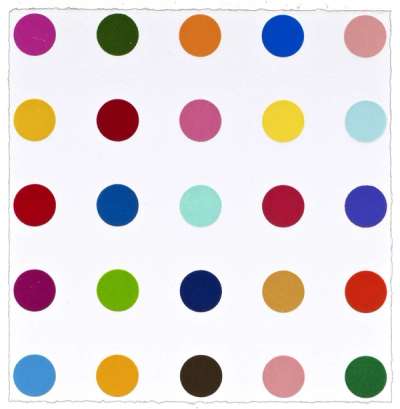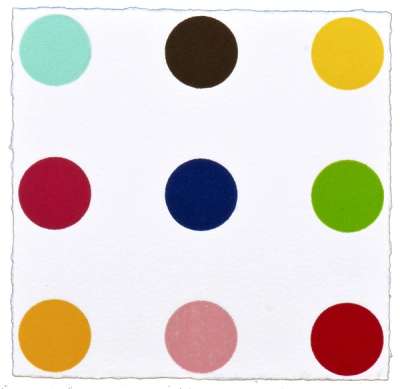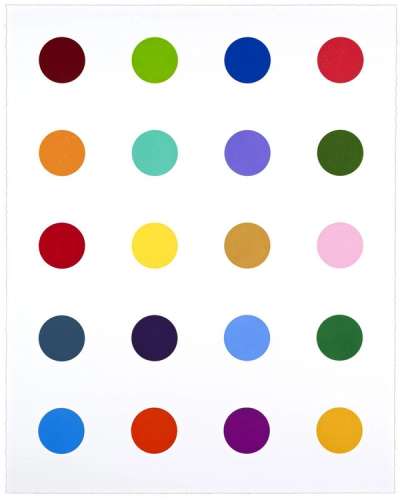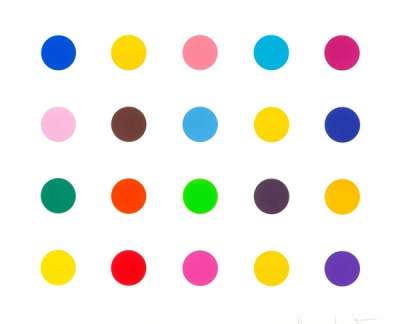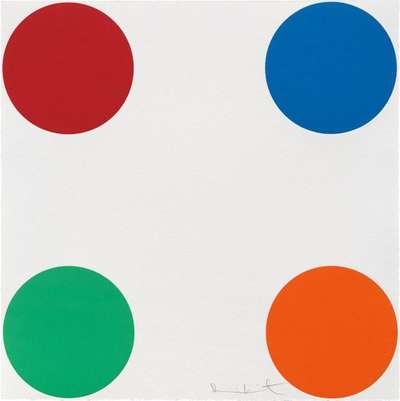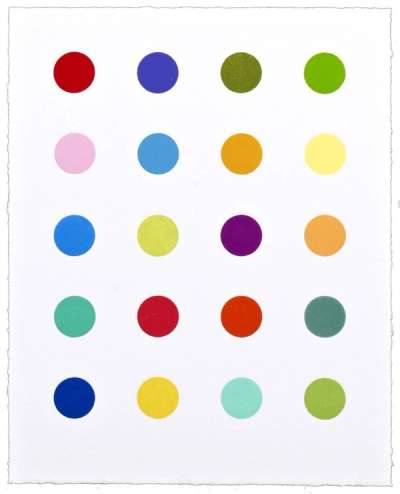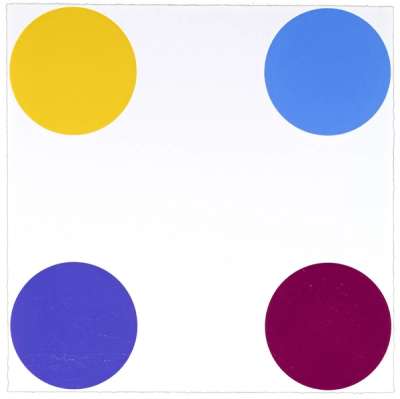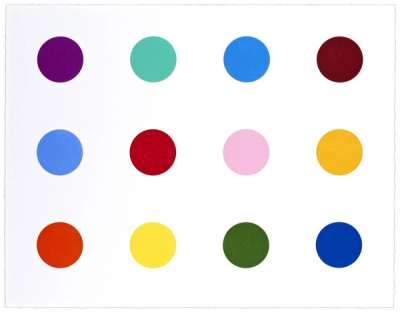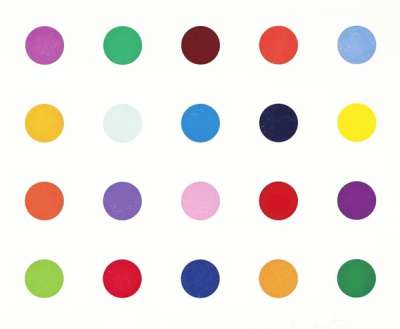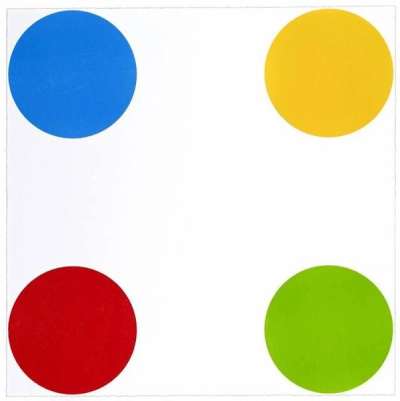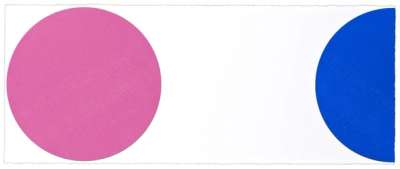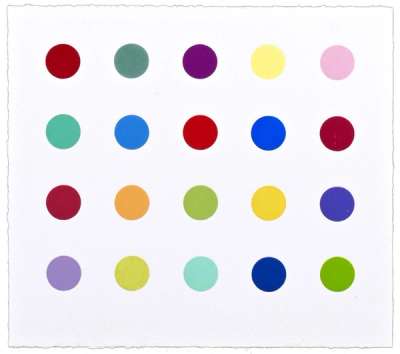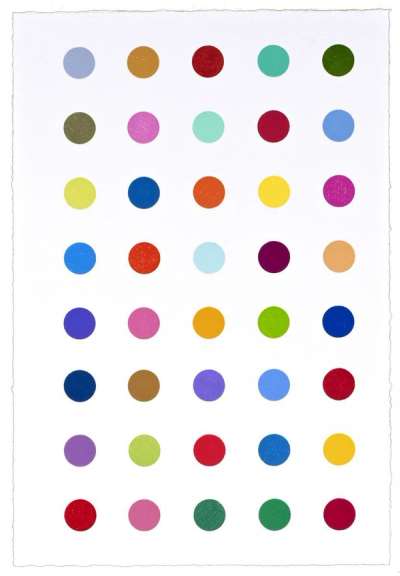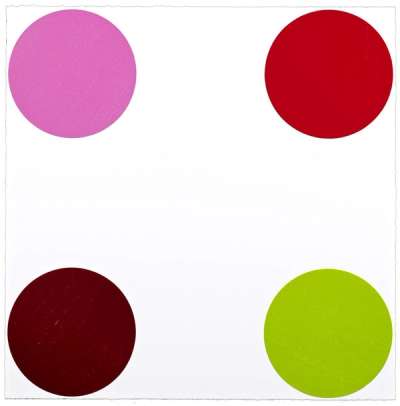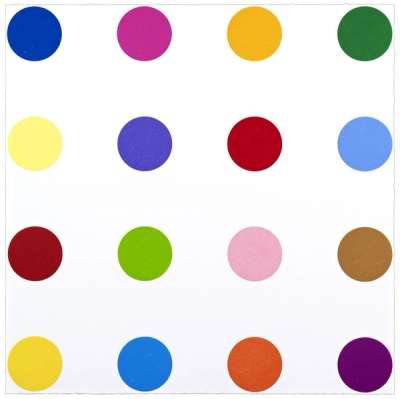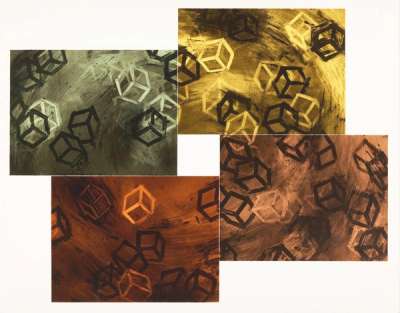
Glycine Cresol Red

Glycine Cresol Red
Signed Print
Damien Hirst
£3,850-£6,000Value Indicator
$7,500-$12,000 Value Indicator
$7,000-$10,500 Value Indicator
¥35,000-¥50,000 Value Indicator
€4,650-€7,000 Value Indicator
$40,000-$60,000 Value Indicator
¥740,000-¥1,150,000 Value Indicator
$4,850-$7,500 Value Indicator
AAGR (5 years) This estimate blends recent public auction records with our own private sale data and network demand.
There aren't enough data points on this work for a comprehensive result. Please speak to a specialist by making an enquiry.
Medium: Woodcut
Edition size: 55
Year: 2011
Size: H 26cm x W 26cm
Signed: Yes
Format: Signed Print
TradingFloor
Track this artwork in realtime
Watch artwork, manage valuations, track your portfolio and return against your collection
Meaning & Analysis
Glycine Cresol Red is a woodcut print from Damien Hirst’s 40 Woodcut Spots series from 2011. Showing three rows of three spots, identical in size and shape, this square composition is an example of Hirst’s fascination with exploring colour and form. Each spot is a different colour and every print in the series represents a unique set of colour combinations.
The 40 Woodcut Spots series is reminiscent of Hirst’s vast series of spot paintings, of which there are over 1000 in existence, dating from 1988 to 2011. The spots represent abstraction reduced to its most basic mechanisms: colour, form and composition. The grid formula for these paintings is the basis for an unbounded series where Hirst can infinitely explore harmonious and contrasting colour combinations.
The repletion of spots in Glycine Cresol Red, as with many others in the series, creates a visual buzz that is energetic yet highly regimented. The use of perfect circles is eye-catching and aesthetically pleasing, appealing to a wide audience. Hirst in 2000 remarked on the impact of an installation of multiple spot paintings, “it’s an assault on your senses. They grab hold of you and give you a good shaking. As adults, we’re not used to it. It’s an amazing fact that all objects leap beyond their own dimension.”
Damien Hirst, born in Bristol in 1965, is often hailed the enfant terrible of the contemporary art world. His provocative works challenge conventions and his conceptual brilliance spans installations, paintings, and sculptures, often exploring themes of mortality and the human experience. As a leading figure of the Young British Artists (YBA) movement in the late '80s, Hirst's work has dominated the British art scene for decades and has become renowned for being laced with controversy, thus shaping the dialogue of modern art.
